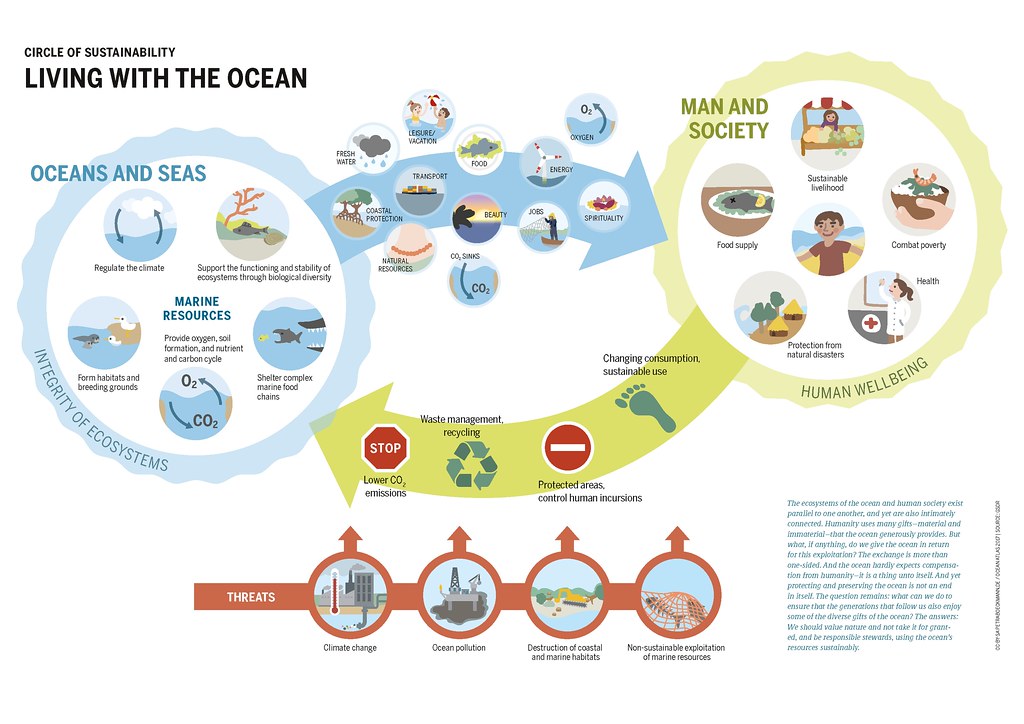Top 10 Trends in Sustainable Living 2025
As the world moves towards a more sustainable future, 2025 is set to be a pivotal year for eco-conscious living. From innovative technologies to lifestyle changes, these trends reflect a growing awareness of environmental issues and a commitment to making a positive impact. Here’s a closer look at the top 10 trends in sustainable living that are poised to shape our lives in 2025.(Top 10 Trends in Sustainable Living 2025)
In recent years, the shift toward sustainable living has gained undeniable momentum, with individuals, businesses, and governments making significant efforts to minimize their environmental impact. As we approach 2025, sustainable living is no longer just a trend—it’s becoming a necessity. Whether you’re someone who’s already adopted green habits or someone just starting to explore the world of sustainability, there are exciting new trends emerging that can make your lifestyle even more eco-friendly and cost-effective. This article will explore the top 10 trends in sustainable living for 2025, providing practical tips and insights to help you contribute to a cleaner, greener world.
Zero-Waste Lifestyle
The zero-waste movement is gaining momentum, encouraging individuals to reduce their waste to the bare minimum. By prioritizing reusable products over single-use items, people are not only cutting down on landfill waste but also embracing a simpler lifestyle. The rise of zero-waste stores makes it easier than ever to shop sustainably, offering package-free options for everything from groceries to household goods.
Plant-Based Diets
As awareness of the environmental impact of meat production grows, more people are adopting plant-based diets. In 2025, expect to see a surge in plant-based alternatives and creative recipes that make it easier for individuals to incorporate more fruits, vegetables, and grains into their meals. Many are discovering that a plant-based diet can be both delicious and sustainable, offering health benefits alongside a reduced carbon footprint.
Eco-Friendly Fashion
The fashion industry is undergoing a transformation as consumers demand transparency and sustainability from brands. In 2025, eco-friendly fashion will be mainstream, with a focus on materials like organic cotton, Tencel, and recycled fabrics. Brands committed to ethical production methods and circular fashion—where clothes are designed to be reused and recycled—will become the norm, making it easier for consumers to shop responsibly.
Smart Home Technology
Smart home technology is revolutionizing how we consume energy and resources. By 2025, homes equipped with smart devices will be able to monitor energy usage, optimize heating and cooling systems, and even manage water consumption. These innovations not only enhance convenience but also promote sustainable living by reducing waste and lowering utility bills.
Community Supported Agriculture (CSA)
As the demand for fresh, locally-sourced produce continues to rise, Community Supported Agriculture (CSA) programs are becoming increasingly popular. In 2025, more people will engage with local farmers through subscription services that provide fresh, seasonal produce. This trend supports local economies, reduces carbon emissions from transportation, and encourages healthier eating habits.
Sustainable Transportation
With the push towards reducing carbon emissions, sustainable transportation options are on the rise. Electric vehicles (EVs) are becoming more accessible and affordable, while public transportation systems are improving their efficiency. By 2025, cycling and walking will also be prioritized in urban planning, making it easier for people to choose greener commuting options.
Green Building Practices
Sustainable architecture is gaining traction, with an increasing number of builders and homeowners opting for eco-friendly materials and energy-efficient designs. In 2025, green building practices will be more widely adopted, focusing on minimizing environmental impact and maximizing energy efficiency. Features like solar panels, green roofs, and rainwater harvesting systems will become standard in new constructions.
Mindful Consumerism
The rise of mindful consumerism emphasizes quality over quantity. In 2025, more consumers will be making deliberate choices about their purchases, opting for products that are ethically produced and environmentally friendly. This shift will challenge companies to be more transparent about their practices, ultimately leading to a more sustainable marketplace.
Personal Carbon Footprint Tracking
As technology evolves, individuals will have access to tools that help them track their carbon footprint. By 2025, apps and devices will allow users to monitor their daily activities and understand their environmental impact. This awareness will empower individuals to make more sustainable choices, from reducing energy consumption at home to choosing eco-friendly transportation options.
Regenerative Agriculture
Finally, regenerative agriculture is becoming a focal point for sustainable farming practices. This approach goes beyond sustainability by actively restoring soil health, increasing biodiversity, and sequestering carbon. By 2025, more farmers and consumers will recognize the importance of regenerative practices, leading to healthier ecosystems and improved food quality.
FAQ:
Q: What is sustainable living?
- A: Sustainable living refers to making choices that reduce your environmental impact by conserving resources, reducing waste, and adopting eco-friendly habits. This includes everything from using renewable energy to practicing zero-waste habits and buying sustainable products.
Q: How can I start living more sustainably?
- A: Start with small steps like reducing plastic use, opting for eco-friendly products, and incorporating renewable energy into your home. Gardening, plant-based eating, and water conservation are also great ways to begin your sustainable journey.
Top 10 Trends in Sustainable Living 2025
These ten trends in sustainable living highlight the collective shift towards a more eco-conscious world. As we approach 2025, individuals, communities, and industries will increasingly embrace these practices, contributing to a healthier planet for future generations. By adopting these trends, we can all play a part in the movement towards sustainability, ensuring that our choices today have a positive impact on tomorrow.(Top 10 Trends in Sustainable Living 2025)

